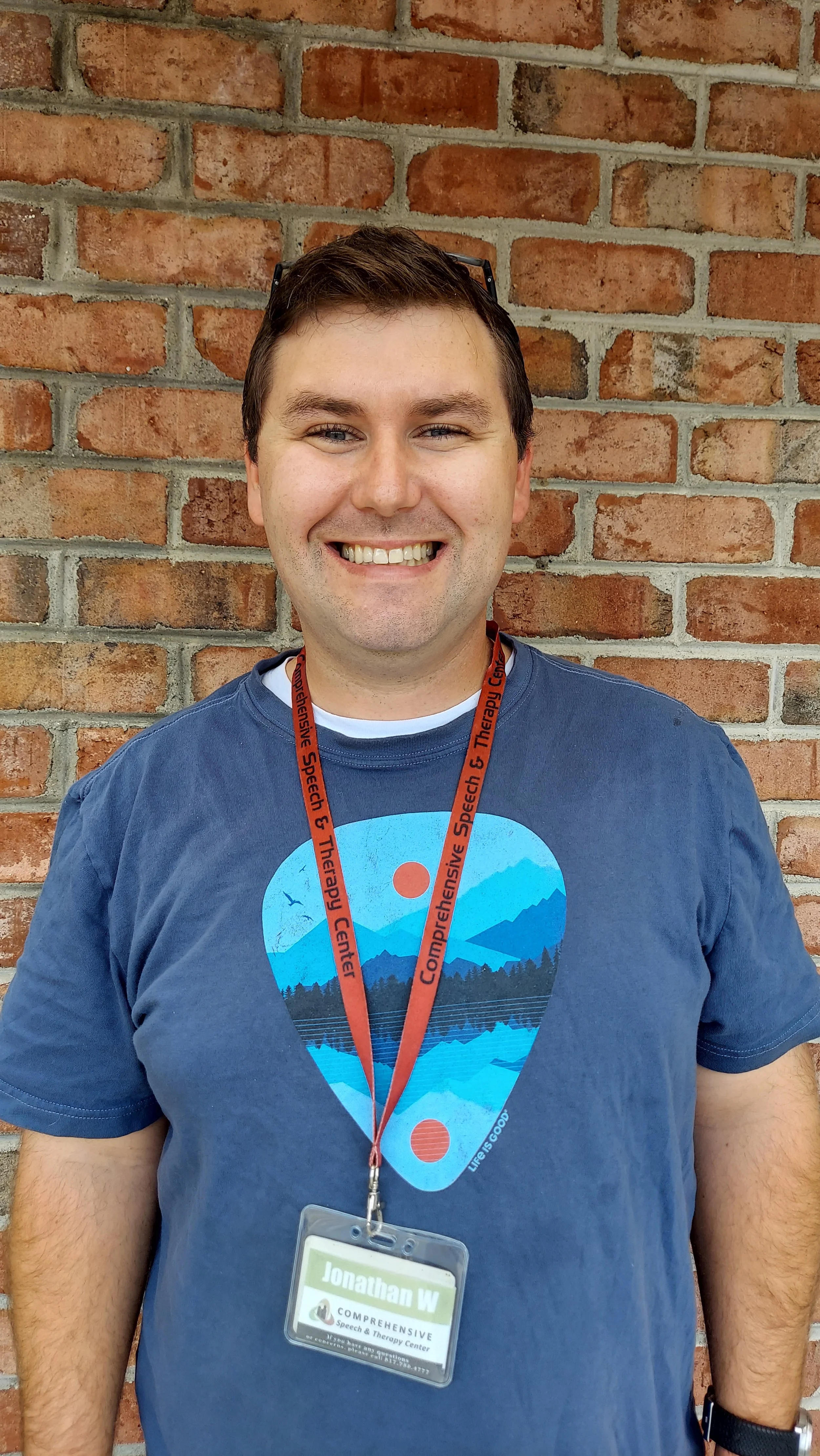PHYSICAL THERAPY Defined
Physical Therapy is a branch of rehabilitative health that uses specially designed exercises and equipment to help patients regain or improve their physical abilities. PT is appropriate for many types of patients from infants with developmental delays to adults suffering from the after effects of injury or surgery to elderly post stroke patients. The purpose of physical therapy is to get a person back to the point where he or she can perform normal, everyday activities without difficulty. Joint range of motion and strengthening are the primary focus of most physical therapy sessions. Physical Therapists and Physical Therapist Assistants provide exercises designed to preserve the strength and use of your joints. They show you the best was to move from one position to another and can also teach you how to use walking aids such as crutches, walkers or canes, if necessary.
Signs PHSYCIAL THERAPY May Be Needed
PTs work with a wide range of ages and diagnoses, both pediatric and adult. In our pediatric practice, PT may be warranted if any of the following signs or symptoms are noticed:
· Joint pain
· Problems with balance or mobility
· Post surgery
· Sports injuries
· Orthopedic disabilities
· Cerebral palsy
· Developmental delays
PT can also help adults following an injury, joint replacement or those who’ve experienced a stroke or other neurological challenges.
Meet our Physical Therapy Team
Dr. Jonathan Wismer is a skillful and creative physical therapist. For the past decade, his professional roles have been as a consultant for school-based services, as an insurance board member for at-risk populations, as an in-home therapy business owner, as an outpatient pediatric and geriatric clinician, and as a subacute rehabilitation professional. His interests are in rehabilitation for a wide range of populations and conditions. Jon thoroughly enjoys the challenge of helping patients achieve their mobility goals.
What PT looks like
Like OT, PT looks a lot like play in the pediatric setting. Games and activities are chosen by the therapists for each child that will help that child. Games like hopscotch are played to help improve balance, body awareness and coordination and stomping bubbles helps prepare that child to be able to balance on one foot to improve independence with dressing.
Resources
https://pathways.org/ Provides milestones, checklists, games, and videos that highlight normal development and provide resources on what to do if you think your child needs assistance






